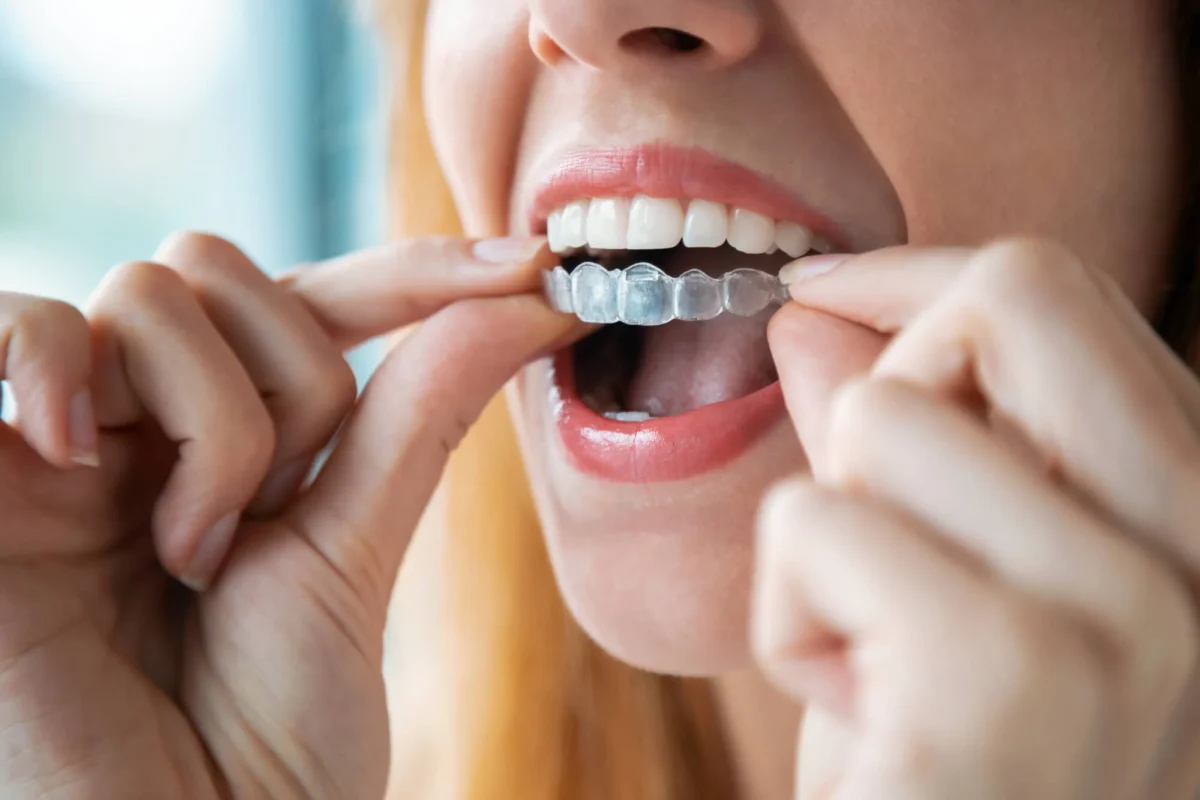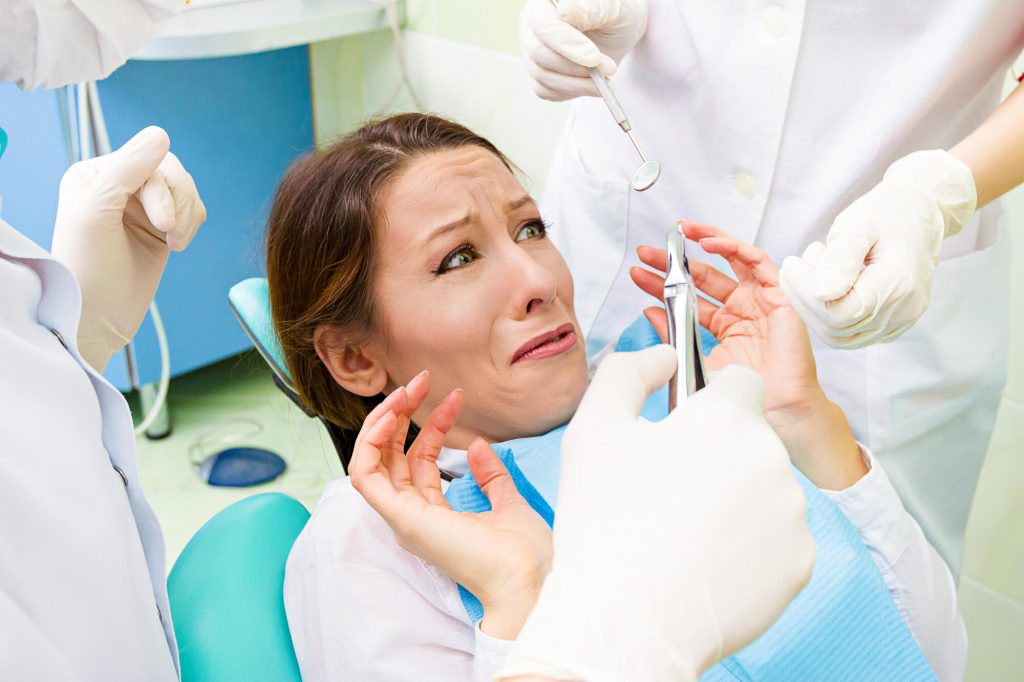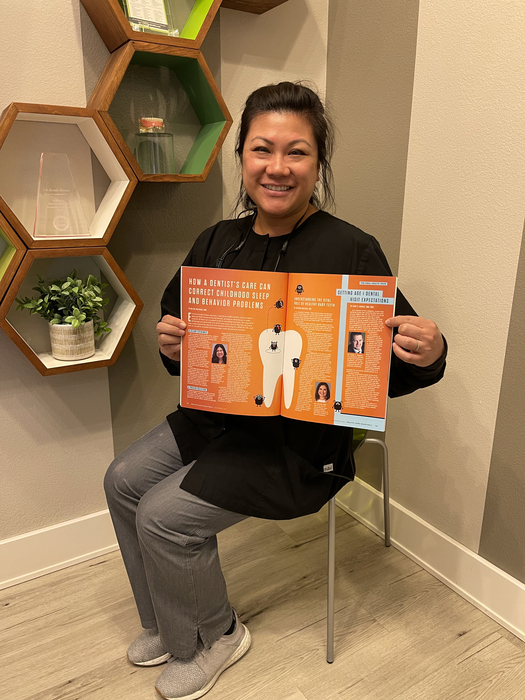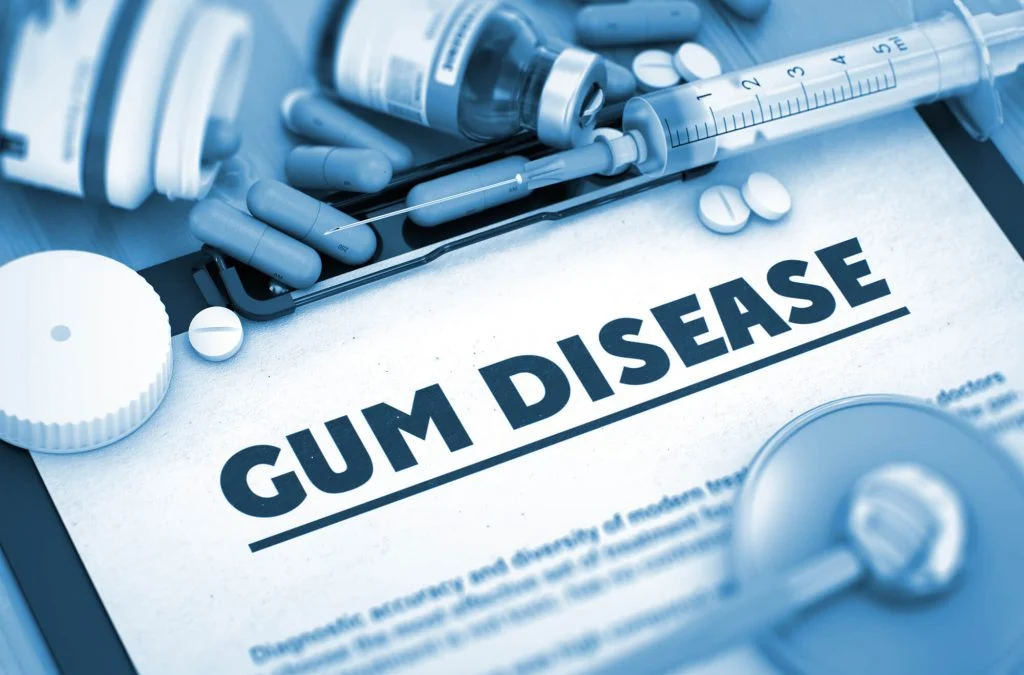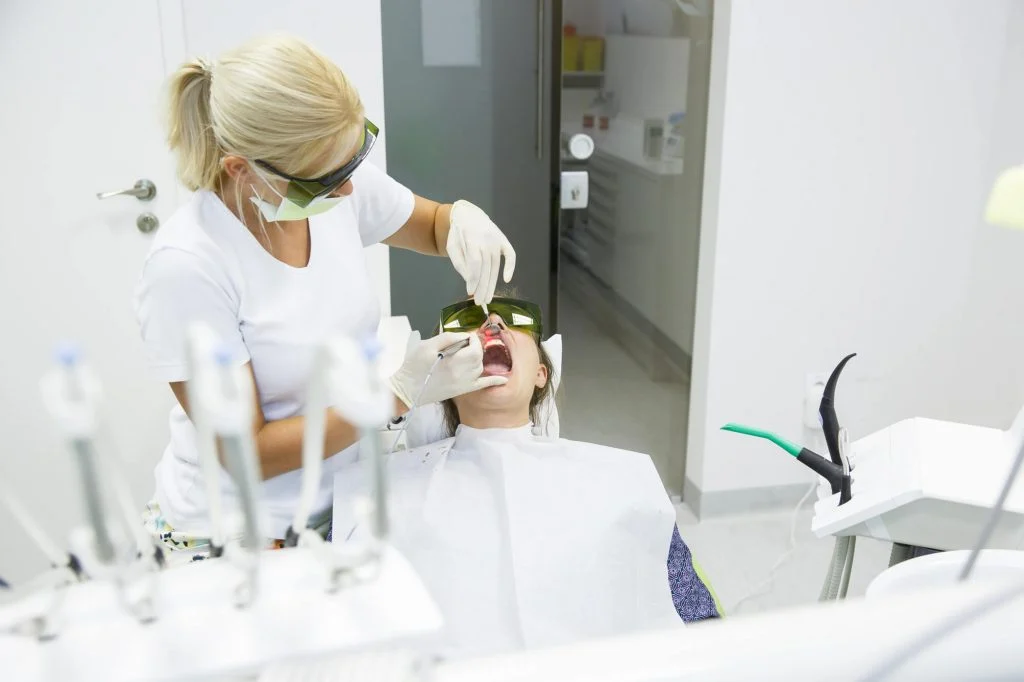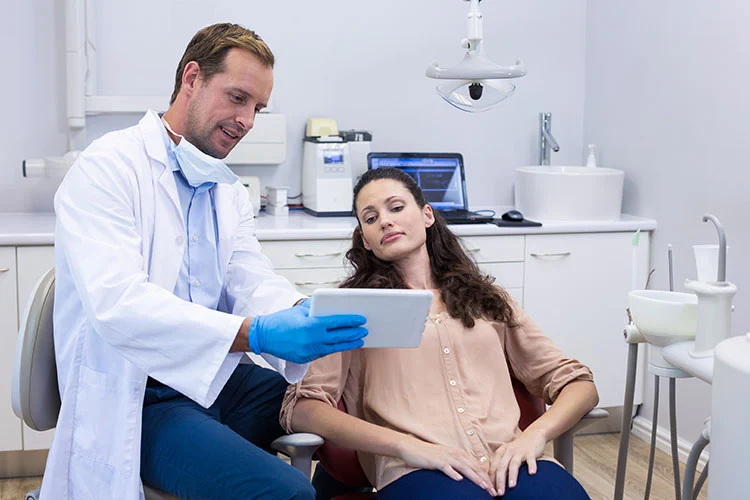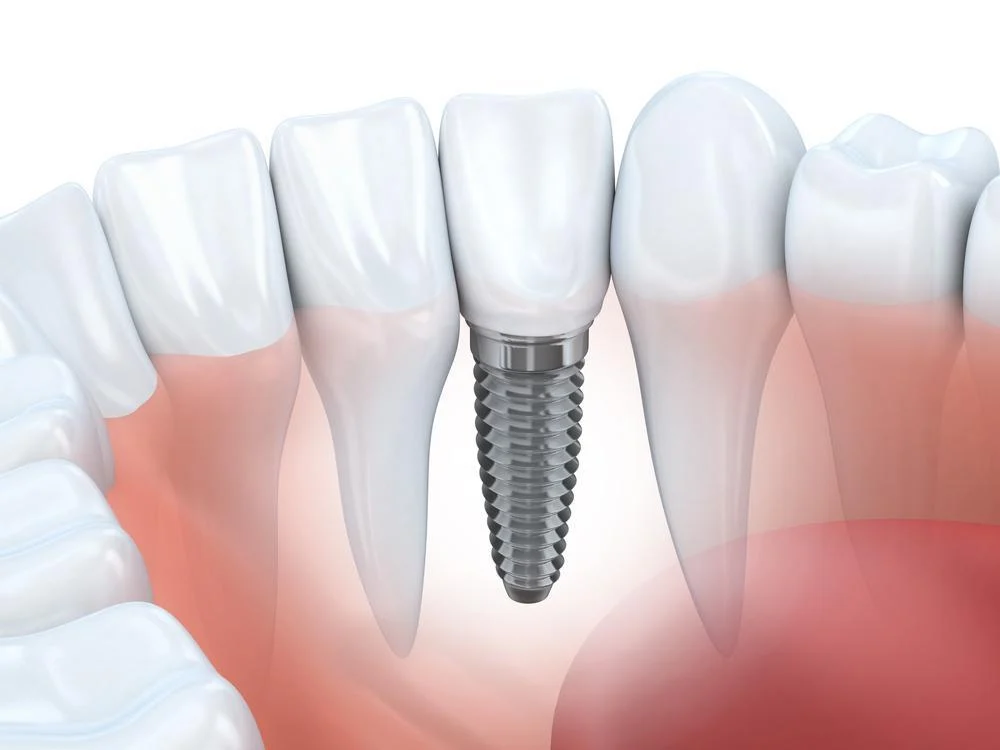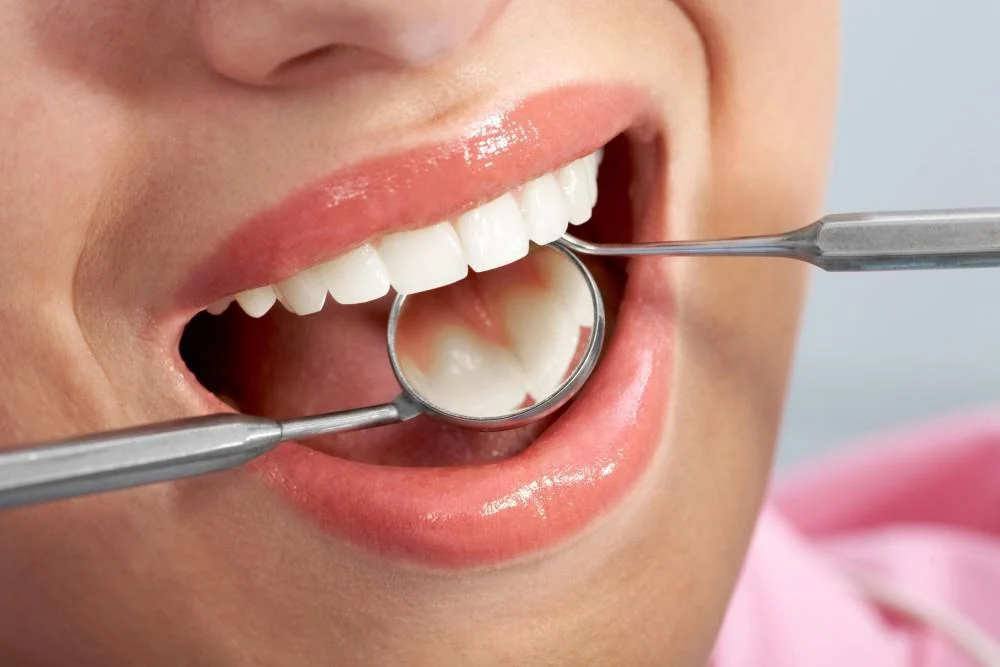Common Questions About Invisalign – Answered: Your Complete Guide
Are you looking to straighten your crooked smile or crowded teeth? With clear braces in Las Vegas, you won’t have to settle for bulky metal hardware to get an aesthetic dental fix. A modern solution called the Invisalign® process can give you the kind of smile you’ve always wanted – without the issues associated with traditional wire braces!
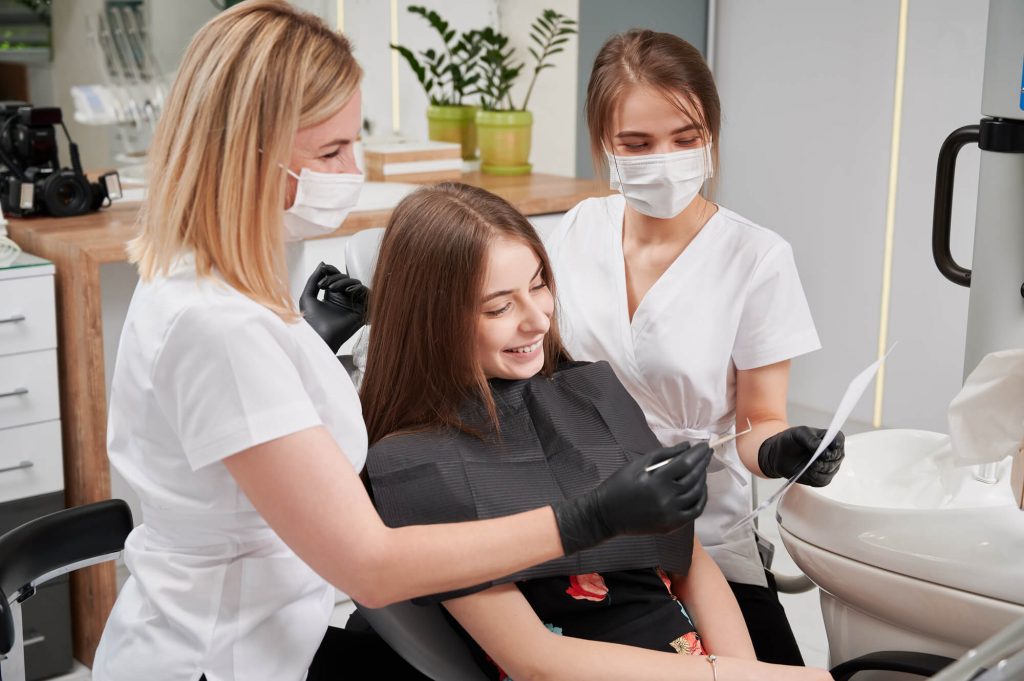
Answers to the Top Questions Asked About Invisalign
What Exactly Is Invisalign?
The Invisalign system is a modern alternative to conventional metal braces. It consists of a series of clear, smooth, and durable plastic tray aligners that snap into place over your teeth. Since the plastic trays are made based on a mold of your mouth, they put pressure on the problem areas and gradually shift your teeth into their proper positions.
To keep your teeth moving in the right direction, your dentist replaces the trays with new ones every one to two weeks. Although you remove them when you’re eating and brushing or flossing your teeth, you should wear them 20 to 22 hours a day.
Is It Painful?
It’s important to note that the level of your pain threshold can have a significant impact on your adjustment period. Since Invisalign is just like any other orthodontic treatment, you may experience mild discomfort initially.
If you feel some pain during this time, you can always take over-the-counter medication to feel better. The pain will subside, and the pressure from your tray aligners will ease up once you’re over the initial hump.
How Long Does It Take to Straighten My Teeth?
The time it takes for Invisalign to straighten your teeth depends on your unique needs. However, it may take longer to fix complicated orthodontic issues such as crowding and large gaps between teeth.
If you want to shorten the amount of time possible for Invisalign to push your teeth to their final positions, you should wear your aligners as often as you should. Taking them out all the time will lengthen the duration of your teeth straightening process.
Who’s a Good Candidate for Invisalign?
It doesn’t matter if you’re a teenager, a young professional, or an older person. As long as your adult teeth are fully grown, you can straighten them with Invisalign.
However, this option typically works best for older teens and adults who are responsible enough to follow the strict instructions that come with the treatment. In most cases, younger teenagers are tempted to take their aligner trays out more frequently than they should. Many of them also tend to lose their aligners or forget to switch to a new set as scheduled.
Additionally, Invisalign is highly recommended for patients with mild to moderate problems, including gaps between teeth, underbites, overbites, and crowding. The best way to determine if you’ll make a good candidate for Invisalign is to schedule a consultation with your dental care provider.
What Are the Benefits of Invisalign Aligners Over Traditional Braces?
The Trays Are Virtually Invisible
If you don’t want others to know about your orthodontic treatment, you’ll want to straighten your teeth with Invisalign. Unlike braces with metal wires and brackets that stand out, Invisalign aligners are virtually invisible. Your friends and co-workers won’t know you’re wearing them unless you tell them.
They’re Comfortable
Conventional metal braces have brackets that tend to rub against your tongue, gums, or the inside of your cheeks and cause sores to develop over time. With Invisalign, you won’t have to deal with mouth sores because the trays are made of smooth plastic with no sharp or extruding pieces or edges.
Additionally, they’re more comfortable than traditional metal braces because they’re custom-made to fit your teeth.
They’re Easier to Clean
Since the brackets and wires of traditional braces act as a physical barrier between your toothbrush and your teeth, keeping the braces themselves and your teeth clean can be a chore.
With Invisalign, it’s easier to clean your aligners and your teeth because the trays are removable. Simply take them out before you brush and floss and pop them back in once you’re done cleaning them and your teeth.
They Require Fewer Office Visits
Conventional braces require more trips to your dentist’s office because they need to be tightened periodically. Alternatively, Invisalign doesn’t take as much time, and many appointments as metal braces do because you’ll receive your aligner trays for the current phase and the several phases in advance.
In other words, you’ll have more freedom to enjoy your usual activities while ensuring your teeth’s alignment progress.
There Are No Food Restrictions
Sticky, hard, or chewy foods can cause damage to the components of metal braces such as rubber bands, wires, and brackets. For this reason, dental professionals instruct patients to steer clear of certain foods that aren’t gentle on braces hardware. On the other hand, you won’t have to deal with dietary adjustments if you straighten your teeth with removable Invisalign trays.
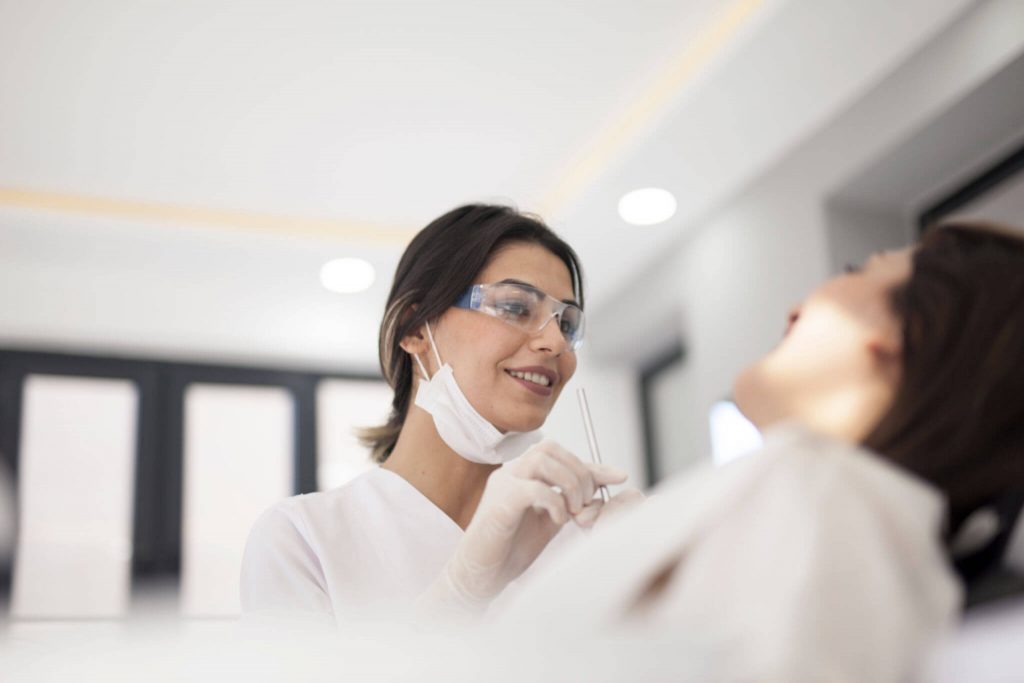
Are You Looking to Straighten Your Teeth With Clear Braces in Las Vegas?
At Dee for Dentist, we want you to be happy with your smile. Contact our office today to schedule an appointment for a clear alignment consultation.
